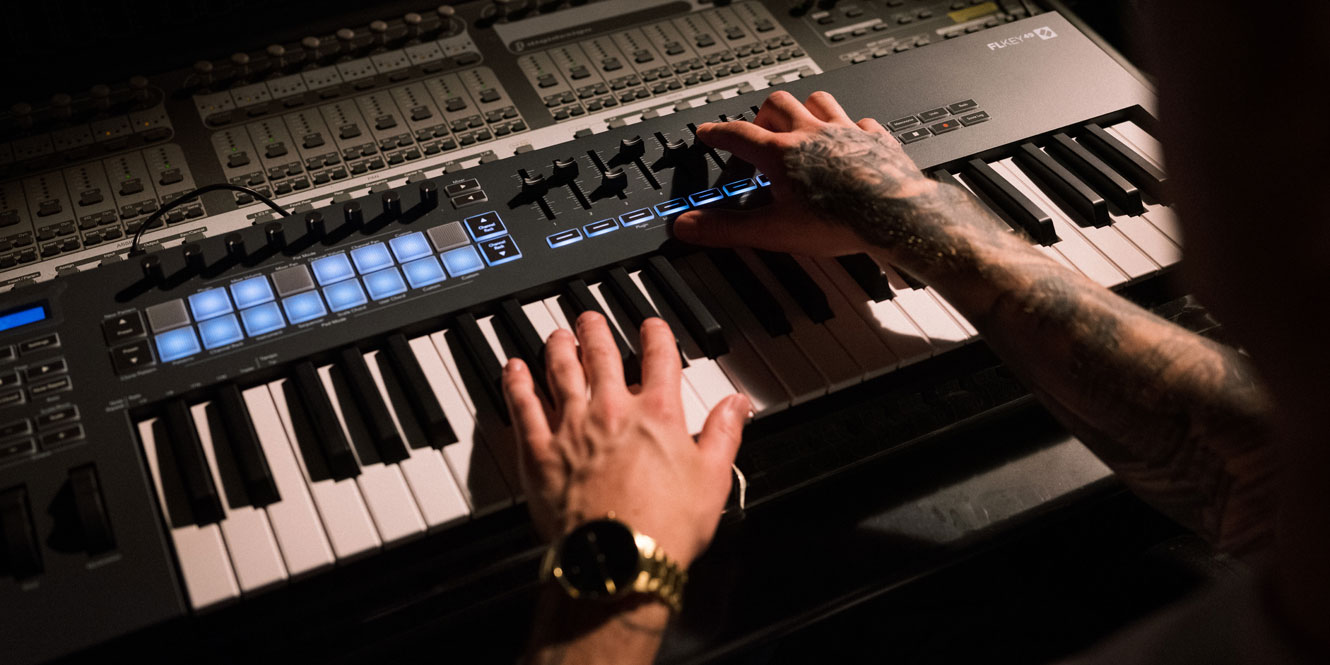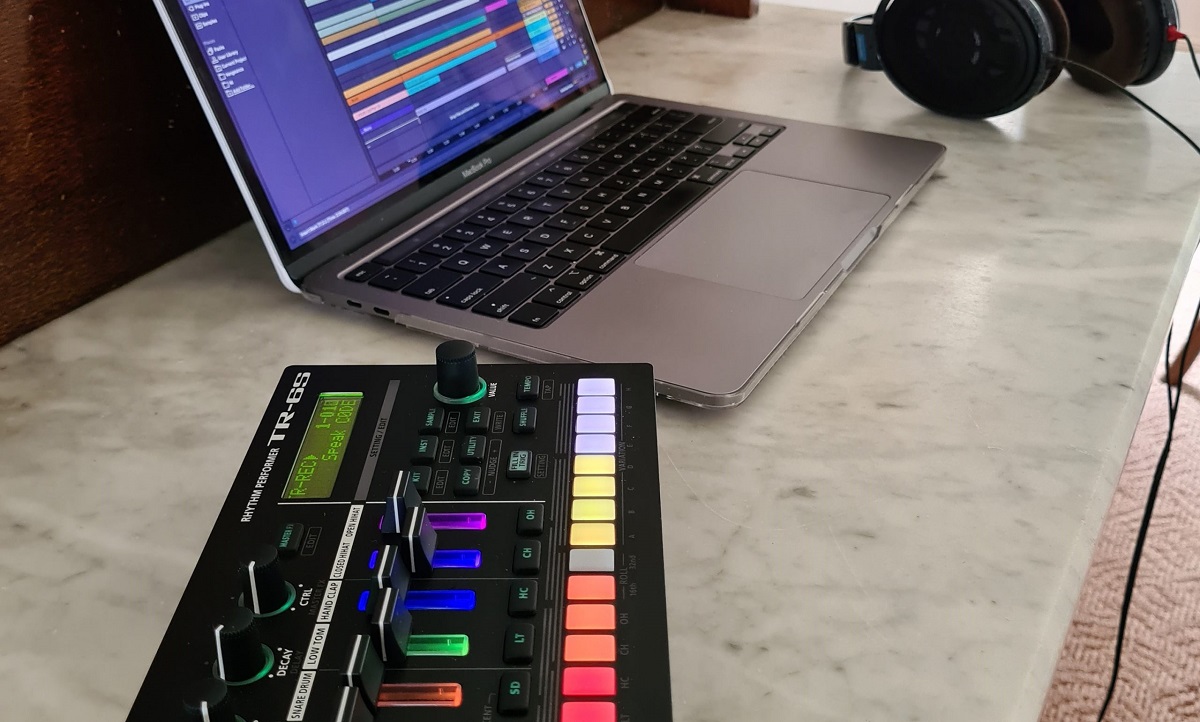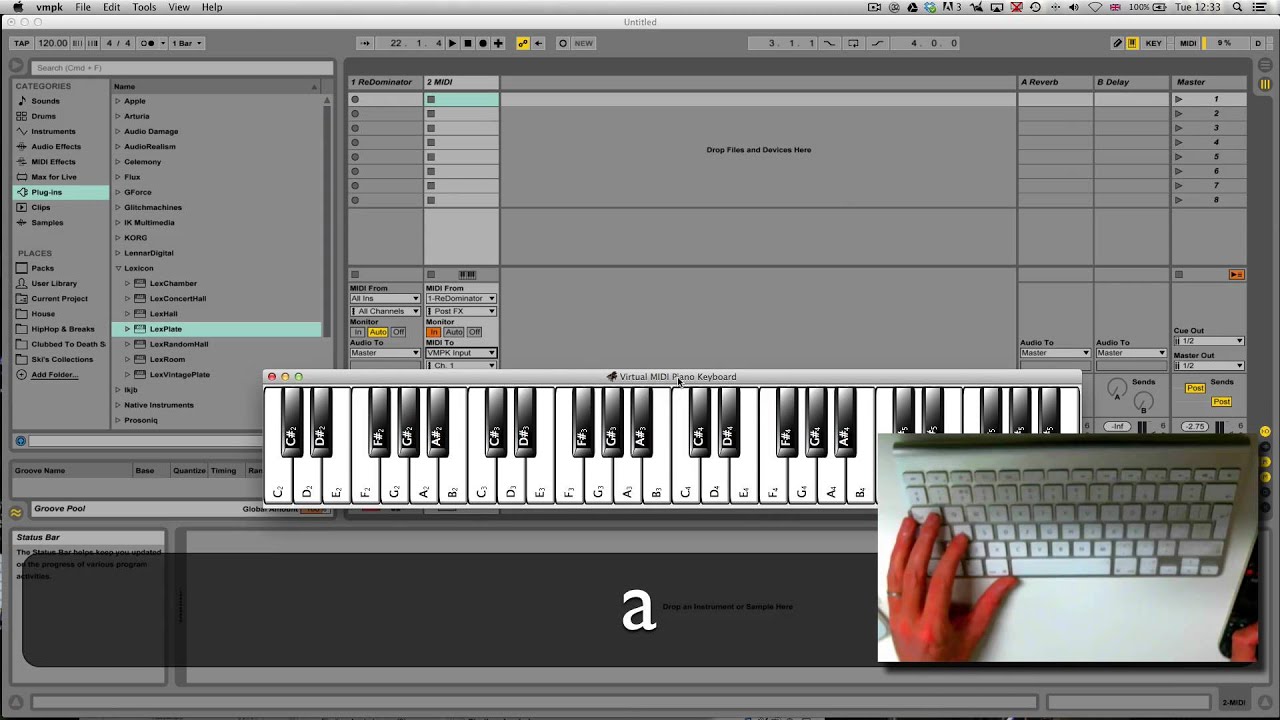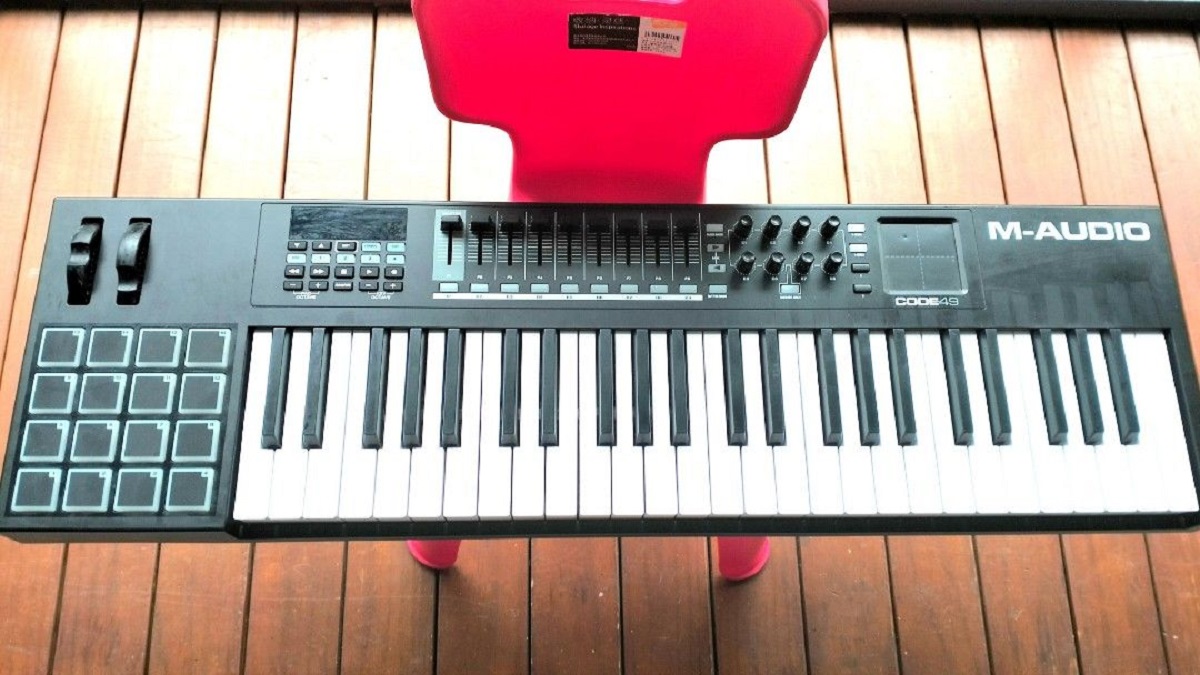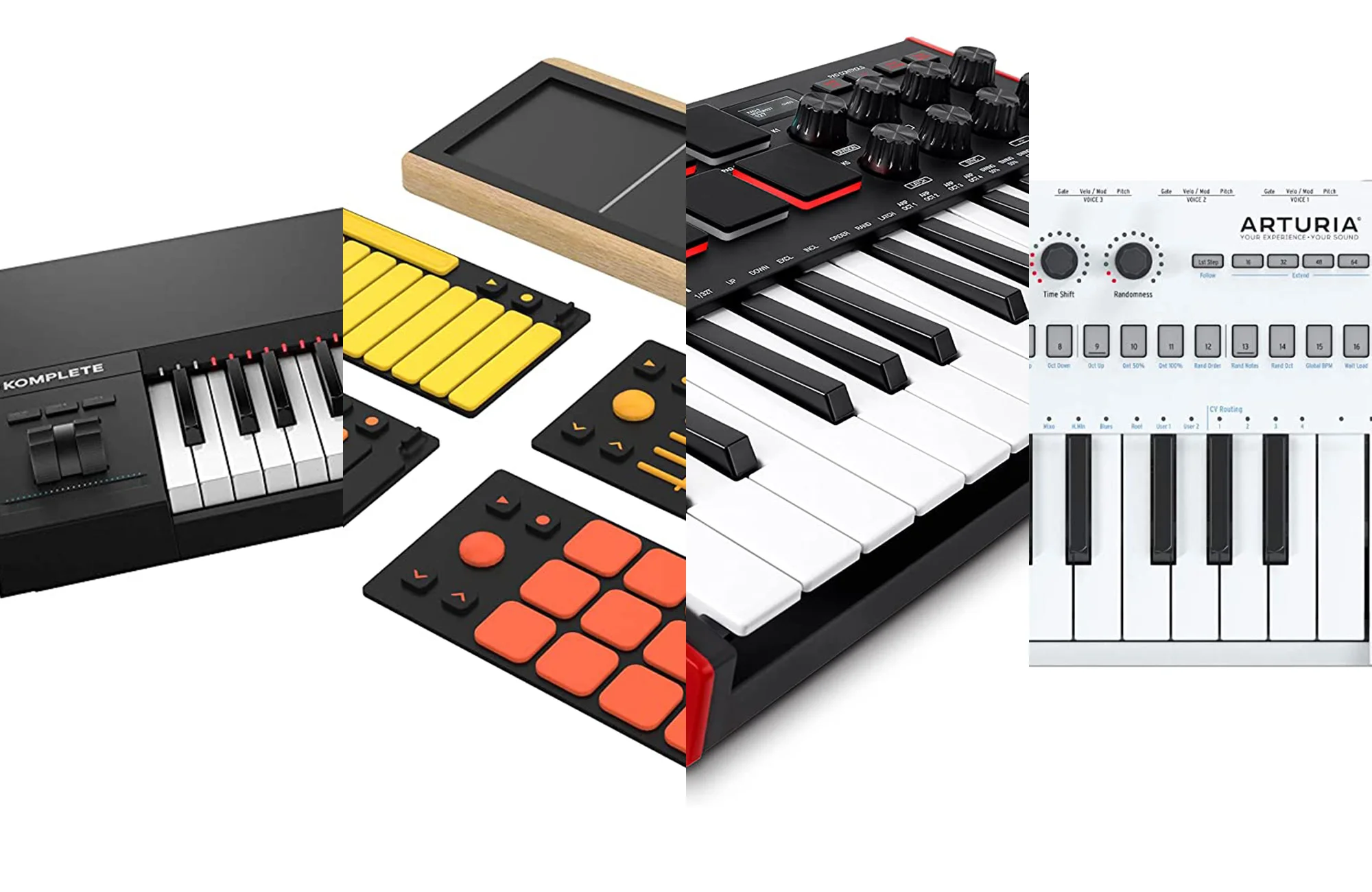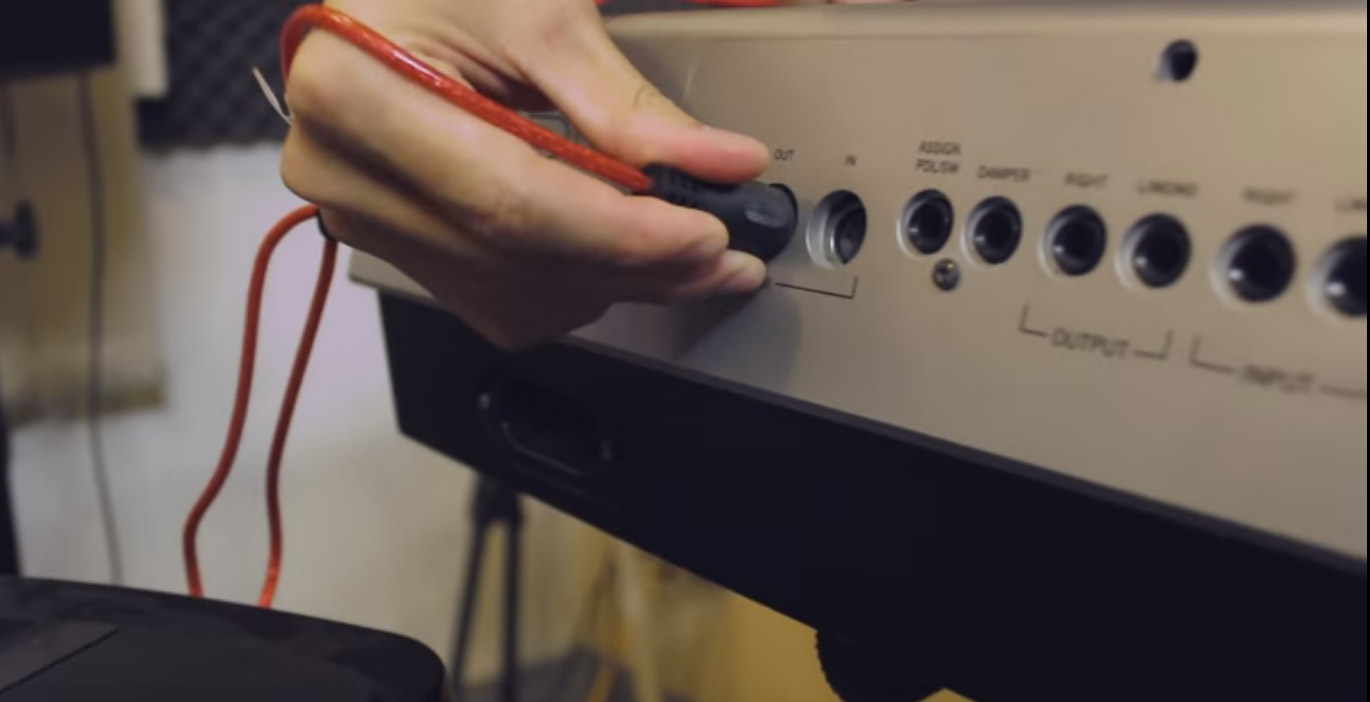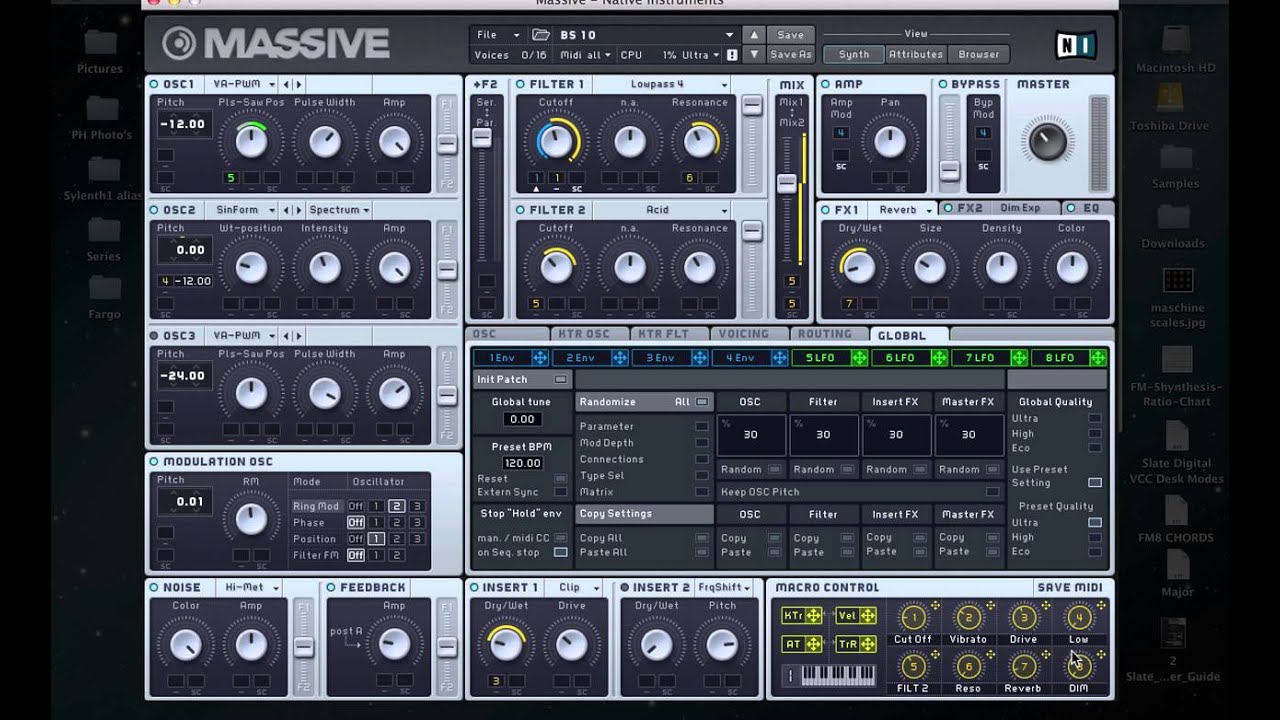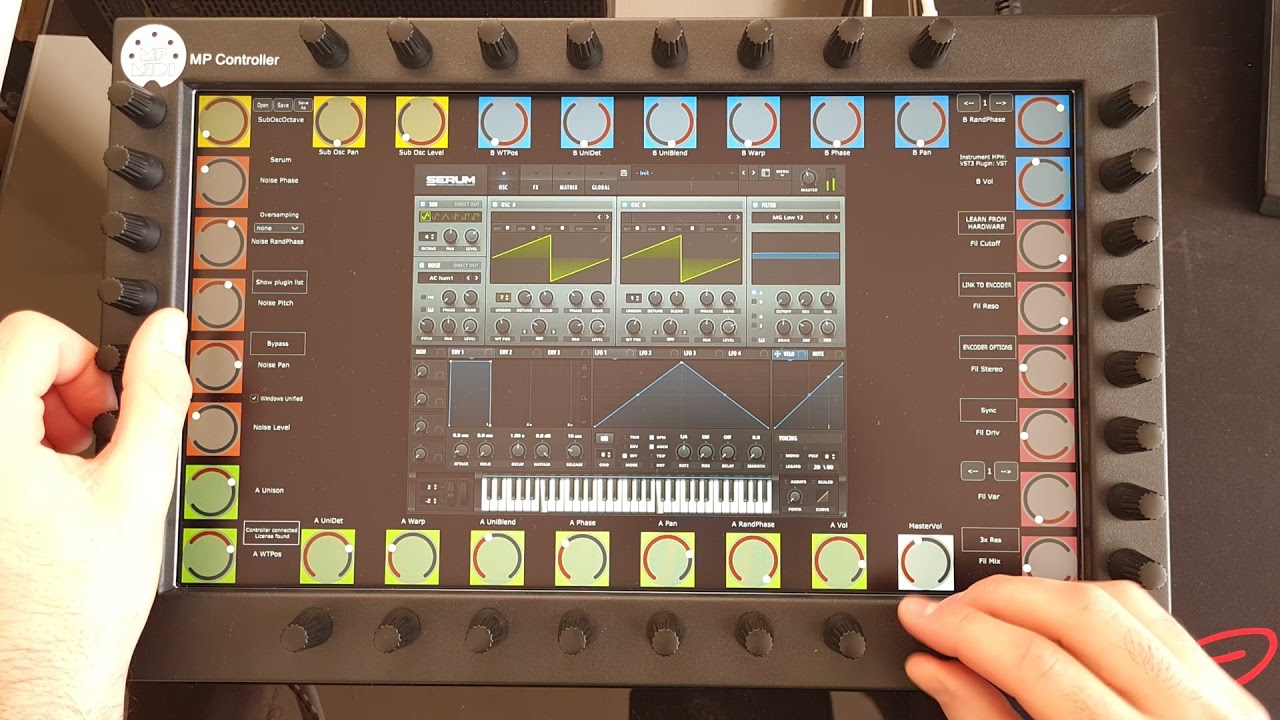Introduction
Introduction
Playing a MIDI keyboard live can add an exciting dimension to your musical performances. Whether you're a seasoned musician or just starting, the MIDI keyboard offers a wide range of creative possibilities. From selecting the right sounds to mastering playing techniques and using MIDI effects, this versatile instrument opens up a world of musical expression. In this guide, we'll explore the essential steps to help you play a MIDI keyboard live with confidence and flair.
As you embark on this musical journey, it's essential to understand the intricacies of the MIDI keyboard and how it can elevate your live performances. From selecting the right keyboard to honing your playing techniques, each aspect contributes to creating a captivating and immersive experience for your audience. Let's delve into the key elements that will empower you to make the most of your MIDI keyboard during live performances. Whether you're aiming to captivate a small audience at an intimate venue or entertain a larger crowd at a music festival, the insights and techniques shared in this guide will serve as valuable tools in your musical arsenal.
Playing a MIDI keyboard live is not just about pressing keys; it's about harnessing the instrument's potential to convey emotions, tell stories, and connect with your audience on a profound level. With the right approach and a touch of creativity, you can transform your live performances into unforgettable musical journeys. Throughout this guide, we'll unravel the nuances of playing a MIDI keyboard live, equipping you with the knowledge and skills to unleash your musical prowess on stage. So, let's dive in and explore the captivating world of live MIDI keyboard performance.
Choosing the Right MIDI Keyboard
When venturing into the realm of live MIDI keyboard performance, selecting the right instrument is paramount. The market offers a plethora of options, each catering to different needs and preferences. Here are essential factors to consider when choosing the ideal MIDI keyboard for live performances:
- Key Action: The key action determines the feel and response of the keys. For live performances, weighted or semi-weighted keys offer a more piano-like touch, while synth-action keys provide a lighter and more responsive feel, suitable for dynamic playing.
- Number of Keys: Consider the number of keys based on your playing style and the genres you perform. While a 49-key keyboard may suffice for some, others may require a full 88-key range for classical or expansive soundscapes.
- Portability: If you anticipate frequent travel or gigs at various venues, a compact and lightweight MIDI keyboard is advantageous. Look for a model that strikes a balance between portability and performance capabilities.
- Controls and Features: Evaluate the available controls, such as knobs, faders, and pads, as well as features like aftertouch and expression pedals. These elements can enhance your live performance by enabling real-time sound manipulation and expressive playing.
- Connectivity: Ensure the MIDI keyboard offers versatile connectivity options, including USB, MIDI ports, and compatibility with iOS devices. This facilitates seamless integration with your existing setup and allows for flexibility in connecting to sound modules and software.
By carefully assessing these factors, you can narrow down your options and find a MIDI keyboard that aligns with your performance requirements and artistic vision. Whether you prioritize expressiveness, portability, or extensive control options, the right MIDI keyboard will serve as a reliable companion in bringing your musical ideas to life on stage.
Setting Up Your MIDI Keyboard
Before embarking on a live performance with your MIDI keyboard, it’s crucial to ensure that the instrument is properly set up for seamless integration with your sound system and performance environment. Here are the essential steps to set up your MIDI keyboard:
- Connectivity: Begin by connecting your MIDI keyboard to your audio interface, computer, or sound module using appropriate MIDI cables or USB connections. Ensure that the connections are secure to prevent any interruptions during your performance.
- Power Supply: If your MIDI keyboard requires external power, ensure that it is connected to a reliable power source. For USB-powered keyboards, connect the USB cable to a powered USB port on your computer or a compatible USB power adapter.
- Software Configuration: If you plan to use software instruments or virtual effects during your performance, configure the necessary software on your computer. Ensure that your MIDI keyboard is recognized by the software and that the appropriate MIDI channels and assignments are set up according to your performance requirements.
- Sound Check: Once the connections and software setup are complete, perform a sound check to ensure that your MIDI keyboard is producing the intended sounds through your audio system. Adjust volume levels and monitor the audio output to identify and address any issues before your live performance.
- Physical Placement: Position your MIDI keyboard comfortably within your performance space, ensuring easy access to controls and a clear line of sight to interact with your audience. Consider factors such as cable management and ergonomic placement to create a conducive and visually appealing setup.
By meticulously attending to these setup procedures, you can optimize the functionality and reliability of your MIDI keyboard during live performances. A well-configured and seamlessly integrated MIDI keyboard setup paves the way for a focused and immersive performance, allowing you to channel your creativity without technical distractions.
Selecting the Right Sounds
Choosing the appropriate sounds for your MIDI keyboard live performance is pivotal in shaping the sonic landscape and evoking the desired emotions within your audience. Here are essential considerations for selecting the right sounds:
- Sound Diversity: Explore a wide range of sound categories, including pianos, synths, strings, brass, and percussion, to cater to the diverse musical styles and genres you intend to perform. Having a versatile sonic palette at your disposal enables seamless transitions between different musical textures and moods.
- Layering and Splitting: Utilize the capabilities of your MIDI keyboard to layer multiple sounds or split the keyboard into distinct sections, allowing for rich and complex arrangements during your performance. Experiment with combinations that complement each other and contribute to a cohesive sonic tapestry.
- Expressive Sound Design: Leverage the expressive features of your MIDI keyboard, such as aftertouch, modulation wheels, and assignable controls, to infuse nuanced articulations and dynamic variations into your chosen sounds. This adds depth and authenticity to your performance, capturing the subtleties of live musical expression.
- Customization and Personalization: Tailor the sounds to align with your artistic vision and performance style. Adjust parameters such as envelope settings, filter characteristics, and effects to sculpt the sounds according to your preferences, creating a signature sonic identity for your live performances.
- Sequencing and Arpeggiation: Explore the possibilities of sequencing and arpeggiation to introduce rhythmic and melodic motifs that enhance the overall musicality of your performance. Experiment with different patterns and variations to add intrigue and dynamism to your live renditions.
By delving into these sound selection considerations, you can curate a compelling and diverse sonic repertoire that resonates with your audience and elevates the impact of your live performances. The artful integration of sounds, coupled with expressive playing techniques, forms the bedrock of a captivating and immersive musical experience.
Playing Techniques for Live Performance
Mastering playing techniques tailored for live MIDI keyboard performances empowers you to deliver compelling and dynamic musical expressions. Here are essential techniques to enhance your live performance:
- Dynamics and Expression: Embrace the full spectrum of dynamics, from delicate pianissimo passages to thunderous fortissimo crescendos. Utilize the velocity sensitivity of your MIDI keyboard to infuse your performance with nuanced expression, conveying emotions and storytelling through variations in touch and intensity.
- Pitch Bend and Modulation: Harness the capabilities of pitch bend and modulation wheels to introduce fluid pitch variations and expressive modulations into your playing. These tools enable you to add emotive flourishes, mimic instrumental articulations, and imbue your performance with a human-like quality.
- Chord Inversions and Voicings: Explore chord inversions and voicings to create harmonic interest and fluidity in your performances. Experiment with different chord structures and voicings to craft captivating progressions and arrangements, enriching the harmonic tapestry of your live renditions.
- Rhythmic Patterning and Groove: Infuse rhythmic vitality into your performance by incorporating varied rhythmic patterns, syncopations, and grooves. Experiment with different rhythmic feels and explore the interplay between melodic phrasing and rhythmic motifs to engage your audience and drive the momentum of your live set.
- Real-time Sound Manipulation: Seamlessly manipulate sound parameters and effects in real time using the assignable controls on your MIDI keyboard. Engage in live sound shaping, filtering, and spatial effects to sculpt the sonic landscape on the fly, adding an element of spontaneity and sonic innovation to your performance.
By honing these playing techniques and integrating them into your live performances, you can captivate your audience with evocative musical narratives and immersive sonic experiences. The art of live MIDI keyboard performance lies in the seamless fusion of technical prowess and emotive storytelling, inviting your listeners into a world of sonic enchantment.
Using MIDI Effects
Integrating MIDI effects into your live performance adds a layer of sonic innovation and transformative capabilities to your MIDI keyboard repertoire. Here are essential MIDI effects and techniques to elevate your live performances:
- Arpeggiation: Explore arpeggiation patterns to generate intricate and rhythmic sequences from held chords or single notes. By adjusting parameters such as note order, rhythm, and octave range, you can infuse your performance with mesmerizing arpeggiated textures and dynamic melodic movement.
- Layering and Splitting: Utilize MIDI effects to layer multiple sounds or split the keyboard into distinct zones, enabling seamless transitions between different timbres and instrumental combinations during your performance. This versatility enriches your sonic palette and allows for captivating sonic contrasts.
- Modulation and LFOs: Engage with modulation effects and low-frequency oscillators (LFOs) to introduce evolving timbral shifts, spatial movement, and expressive modulations to your sounds. By modulating parameters such as pitch, filter cutoff, and amplitude, you can imbue your performance with dynamic and evolving sonic textures.
- Real-time Control Mapping: Map MIDI effects and parameters to the assignable controls on your MIDI keyboard, facilitating real-time manipulation and expressive sound shaping during your performance. This hands-on approach empowers you to sculpt and modulate sounds with precision, adding a personalized touch to your live renditions.
- Sequencing and Looping: Incorporate MIDI sequencing and looping effects to create intricate musical layers, rhythmic motifs, and harmonic sequences in real time. Experiment with on-the-fly composition and arrangement, building captivating musical structures and evolving sonic narratives throughout your performance.
By harnessing the creative potential of MIDI effects, you can expand the sonic horizons of your live performances, infusing your musical expressions with depth, dynamism, and innovation. The seamless integration of MIDI effects into your performance toolkit unlocks a realm of sonic possibilities, inviting your audience on a captivating sonic journey.
Tips for a Successful Live Performance
Executing a captivating and seamless live performance with a MIDI keyboard involves a combination of musical finesse, technical preparedness, and stage presence. Here are invaluable tips to elevate your live performances and leave a lasting impression on your audience:
- Rehearse and Familiarize: Prior to the performance, dedicate ample time to rehearse your set and familiarize yourself with the intricacies of your MIDI keyboard, sound modules, and performance setup. This preparation instills confidence and ensures a polished delivery on stage.
- Engage with the Audience: Cultivate a connection with your audience by maintaining eye contact, acknowledging applause, and exuding genuine enthusiasm during your performance. Building a rapport with the audience creates a welcoming and immersive atmosphere.
- Technical Contingency: Prepare for technical contingencies by having backup cables, power sources, and a contingency plan in case of technical glitches. Anticipating and mitigating potential technical issues minimizes disruptions during your performance.
- Expressive Stage Presence: Embrace expressive gestures, body language, and stage movements that complement the emotive content of your performance. Engage the audience visually and convey the narrative of your music through compelling stage presence.
- Dynamic Setlist Planning: Curate a dynamic setlist that showcases a diverse range of musical styles, tempos, and moods. Craft transitions that maintain the flow and energy of your performance, keeping the audience captivated throughout the set.
- Sound Check and Balance: Conduct thorough sound checks to ensure optimal balance and clarity in your live sound. Pay attention to EQ settings, monitor levels, and overall sound balance to deliver a sonically captivating performance.
- Embrace Improvisation: Embrace moments of improvisation and spontaneity during your performance, allowing room for creative exploration and unexpected musical discoveries. These organic moments can add depth and intrigue to your live renditions.
- Post-Performance Reflection: Reflect on your performance to identify strengths and areas for improvement. This reflective practice fosters continuous growth and refinement in your live performance skills.
By incorporating these tips into your live performance approach, you can elevate the overall impact of your MIDI keyboard performances, creating memorable and immersive musical experiences for your audience. Embrace the art of live performance with confidence, creativity, and a genuine passion for musical storytelling.







